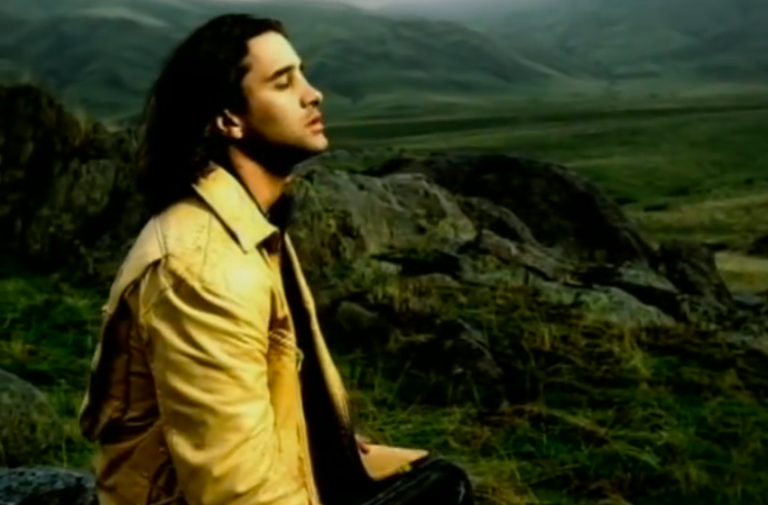Who Killed William Desmond Taylor? The Sensational Hollywood Murder Mystery That Continues To Baffle People Today.
Theories abound but none are without major problems. The mysterious death of William Desmond Taylor continues to fascinate.
By ![]() Denise Noe
Denise Noe
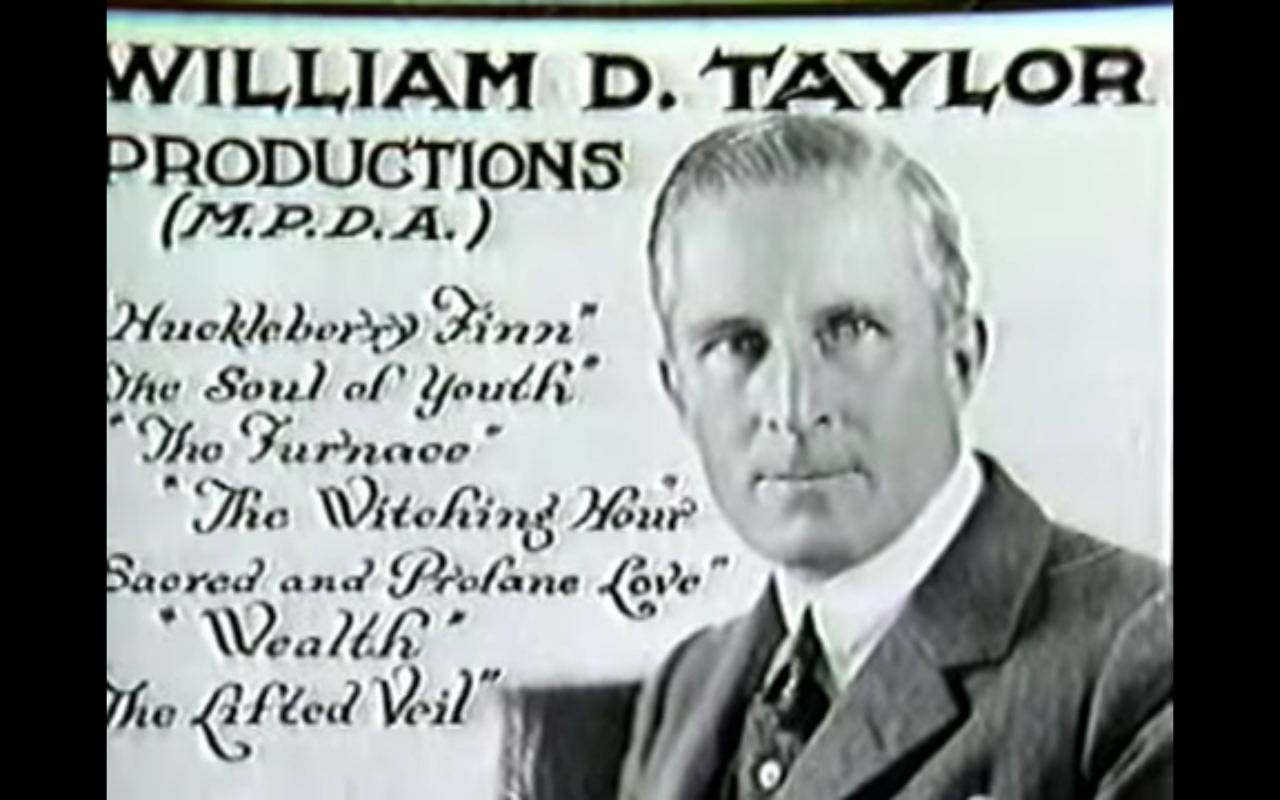
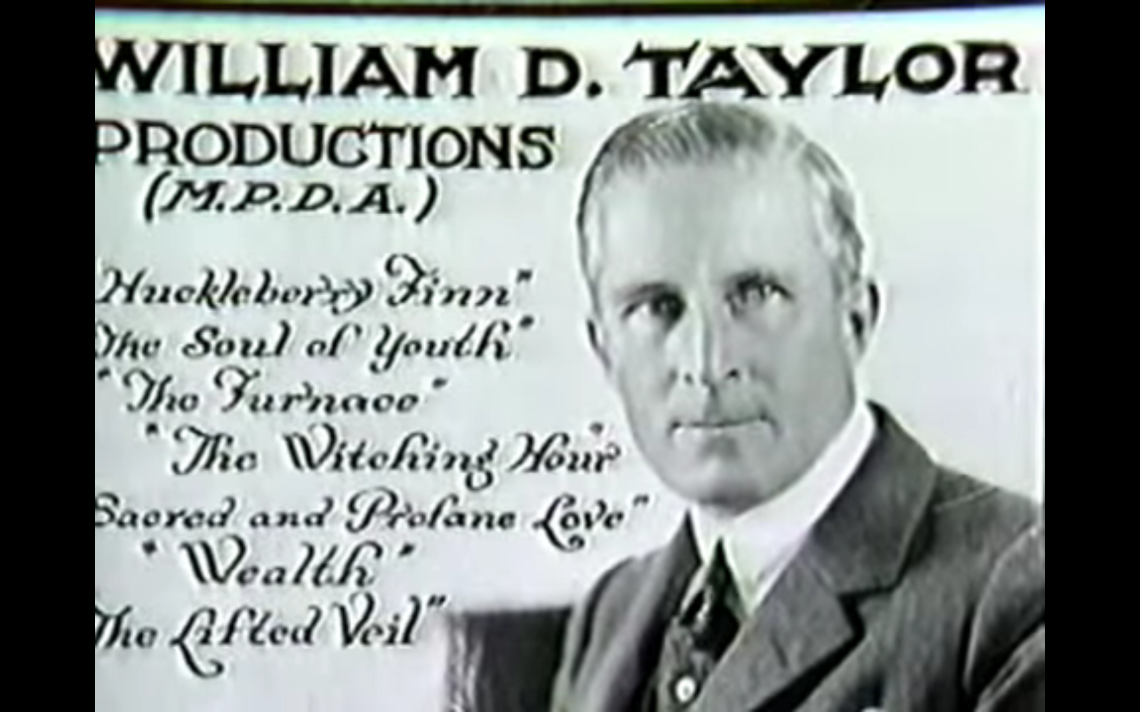
Shot in the back
On Feb. 1, 1922, William Desmond Taylor was enjoying a rich, full life. The middle-aged man had achieved much of which he could be justly proud. In that silent film era, he was one of Hollywood’s most successful and respected directors. He had directed such acting greats as Mary Pickford, Dustin Farnum, Wallace Reid, and Mary Miles Minter. His notable films included Davy Crockett, Tom Sawyer, and Huckleberry Finn. He had recently directed The Green Temptation starring Bett Compson. Just prior to that, he had directed Anne of the Green Gables. Both motion pictures had been well received (perhaps green was a lucky color for him) so he could look forward to directing many more movies.
The director resided in a California neighborhood called West Lake Park, at the time a fashionable area. His home was in Alvarado Court, a collection of bungalows grouped in a U-shape around an elaborately landscaped garden. Each house was built along Spanish lines with white stucco and red tiled roofs. The occupants of Alvarado Court tended to be people in the movie business. Another director, Charles Maigne, lived right next door to Taylor. Acclaimed screen actors Agnes Ayres, Douglas MacLean, and Edna Purviance also lived in Alvarado Court.
Like any life, Taylor’s was not untroubled. In 1921, a man who worked for Taylor defrauded him and abused his trust. Taylor had been in England when plump Edward Sands, the director’s cook, valet, and secretary, wrecked Taylor’s car, forged checks for over $5,000, and stole jewels and clothes from his employer. Sands had not been caught. He appeared to have simply vanished before the director returned to America.
More recently, Taylor’s new valet and cook, Henry Peavey had gotten into some trouble unconnected with his job. Peavey had been arrested for vagrancy and indecent exposure, charges often made against homosexuals cruising for partners in those days. Taylor had put up bail for his beleaguered servant. The director had also promised the court that he would appear on Peavey’s behalf February 2.
![]()
Taylor was close to the actress Mabel Normand and, for good reason, deeply concerned about her. In some accounts of the case, Taylor and Normand were in love. In others, they were close friends who shared books and laughs. In either case, Normand, like so many people in Hollywood in the post-World War I era, had experimented with mood altering drugs. Unlike most, but like too many, she had become addicted. Taylor wanted to wean her away from her addiction.
Normand visited him on this particular night. She was there to pick up a book from the director. The book was a volume about German philosophy. The actress left Taylor’s home at about 7:45 PM. The director walked her to her car where he teased her about having a copy of the Police Gazette in the vehicle, a lowbrow magazine considered racy in its day. The philosophy book and the cheap, raunchy magazine certainly made for eclectic reading. Normand blew kisses at Taylor as he waved goodbye.
Shortly after he said good-bye to Normand, at around 8:00 PM that Feb. 1, Taylor was shot in the back inside his home. A single bullet killed him. Many people believe his killer slipped through the door that he had left open while he saw Normand off. The assassin simply waited for the director to return to the house, then ended his life with a single shot.
In the bungalow directly to the east of Taylor’s, Faith MacLean, wife of actor Douglas MacLean who had appeared in films directed by Taylor, was seated at her table and enjoying the last course of her evening meal. Her husband had finished his dinner and was upstairs playing cribbage. Suddenly she was startled by a sudden, explosive noise.
“Did that sound like a shot?” Mrs. MacLean asked her servant Christine Jewett.
“I think it was a shot,” Jewett answered.
Faith walked to her door and looked outside in the direction of the sound, to Taylor’s apartment. A stranger, who appeared to be a man in his late 20s, came onto the lighted doorway and their eyes met in the early evening’s darkness.
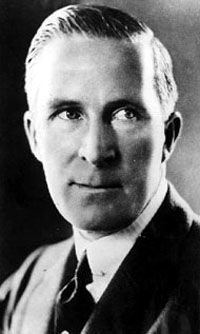
Then the calm stranger turned around and went back into Taylor’s house. A few minutes later he emerged and strolled out of the courtyard through the area between the MacLean and Taylor homes. Reassured by the stranger’s unhurried manner, MacLean assumed she had heard the backfiring of an automobile and thought no more of it – until the next morning.
At about 7:30 AM on February 2, Henry Peavey arrived at Taylor’s home to fix the director’s breakfast. He was carrying a bottle of milk of magnesia that his employer had requested. The valet bent down to pick up the morning newspaper from the doorstep. He had a key and when he opened the door, saw a sight that caused him to let loose with a blood-curdling scream.
The fully clothed body of William Desmond Taylor lay on his living room floor. A chair was astride one of his legs. In his pockets was a wallet with $78 in it, a silver cigarette case, an ivory toothpick, and a Waltham pocket watch. A two-carat diamond ring was on his finger. Above his hand he wore an item that had just come into vogue: the wristwatch.
Soon a crowd gathered around and someone phoned the police. But some people got there before the police did.
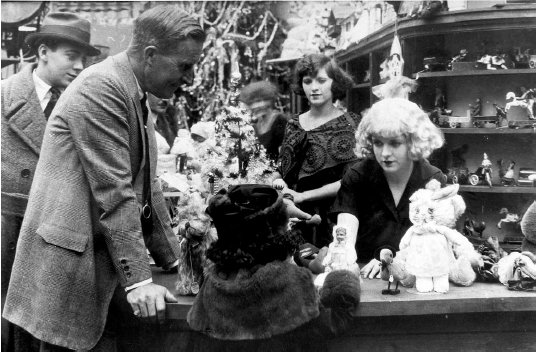
Scandals and cover-up
Many in Hollywood had a sense of bitter deja vú when hearing of the director’s death. If there was one thing the movie business did not need it was an opportunity for the general public to go through more of its dirty laundry. The young film industry had suffered more than its share of bad publicity just prior to Taylor’s death. Two incidents in particular had caused much public outrage.
The first was the infamous affair of Fatty Arbuckle and the sadly named Virginia Rappé. Her last name was pronounced “Rap – ay,” but was easily turned into “Rape – A.” Arbuckle was a film comedian whose talent had delighted audiences for years. Virginia Rappé died at a party Arbuckle was giving at his home. The comedian was arrested and charged with raping her in a way that caused her death. The prosecutor theorized rape by the overweight actor had ruptured the young woman’s bladder. A rumor circulated that Arbuckle had raped her with either a Coca-Cola bottle or a champagne bottle although this sensational charge was not made in court.
On the last day of Taylor’s life, he may well have read an article about Arbuckle’s manslaughter trial in his own daily newspaper.
Screaming newspaper headlines like TORTURE OF VIRGINIA RAPPÉ CHARGED and ARBUCKLE DRAGGED RAPPÉ GIRL TO ROOM, WOMAN TESTIFIES biased much of the public against Arbuckle.
The president of the Federation of Women’s Clubs, Jennie Partridge, commented that “it is a disgrace that any girl should have to suffer from this man’s ruthlessness. Arbuckle should be made to suffer.” Vigilantes attacked theaters showing Arbuckle films.
Fatty Arbuckle was tried three times. The first two trials resulted in hung juries. The third jury acquitted him and its foreman read out a special apology to the defendant for “the great injustice that has been done him.”
Most people who have examined the case believe that Arbuckle was innocent. It appears that Rappé had gonorrhea and an infected bladder. The ill effects of an illegal abortion may have also contributed to her tragic demise.
Despite the acquittal and ample evidence to show the case against him was fabricated, Arbuckle’s career was irretrievably shattered. As The New York Times wrote, “Arbuckle has become, through mischance, a symbol of all the vice that has been indulged in by movie people.”
The second major scandal that sent shudders through Hollywood was the drug-related death of popular actor Wallace Reid. Blonde, blue-eyed, handsome, musical, and athletic, Reid became a star when he was only 23 years old. The movie that catapulted him to fame was Enoch Arden in which he co-starred with Lillian Gish. His best performance was in Forever, the silent movie version of Peter Ibbetson.
Behind the scenes and unbeknownst to his adoring public, Reid was addicted to morphine. When his dependency began to affect his ability to work, the studio bosses did not immediately fire him. He was too valuable for that. Instead, they brought in doctors to try to break his addiction. They were unable to get him to stop taking narcotics. Eventually he agreed to go to the Banksia Place Sanitarium to be cured of his craving for morphine. Unfortunately, Reid was so powerfully addicted that giving it up made him terribly sick. He came down with pneumonia, then suffered a fatal heart attack.
Motion picture executives could not keep the truth about the cause of Reid’s death out of the newspapers. This was a time when the usual term for an addict was “dope fiend” and having a supposedly wholesome star stuck with this label after death made even more of the public see Hollywood as a den of iniquity.
Nervousness over the probability of a fresh scandal explains why, although accounts differ on precisely who went there and what they took away, it is agreed by all sources that some people hurried to the home of the newly dead director for a clean-up operation. They are said to have been desperate to remove anything that could cast aspersions on the dead man and thus enmesh Hollywood in yet another scandal.
Charles Eyton, general manager of Paramount, the studio for which Taylor was working at the time of his death, is believed to have been behind a hurried attempt to cleanse Taylor’s residence of anything that could prove embarrassing. According to some reports, Eyton told Harold Fellows, Howard’s brother and Taylor’s chauffeur, to accompany Taylor’s colleague Julia Crawford Ivers and her son camera operator James Van Trees to Alvarado Court. Other reports say Eyton went there himself.
Adela Rogers St. Johns in The Honeycomb claims that her husband, Ike St. Johns also went to the Taylor house early on the morning his body was found. She says that the mayor of Hollywood told him to go there because he didn’t want his city deluged by more negative publicity. While in the house, St. Johns says, Ike stole monogrammed pink lingerie with the initials M. M. M., those of actress Mary Miles Minter, written on it.
One of the many mysteries around the Taylor case concerns a man at the scene who identified himself as a doctor, but did not give his name. He told a police officer, Lieutenant Tom Ziegler, that he had examined the body and said that Taylor had died of natural causes, probably heart trouble. No one has ever found the supposed doctor or the reason he gave his unsolicited and wrong diagnosis. If he really was a physician, he was extraordinarily careless, since just turning the body over revealed that Taylor had been shot.
When the police car drove up, some accounts claim that Ivers and Van Trees were speeding off. They had taken out Taylor’s bootleg booze and all the letters they could find. Some reports say people were burning some papers just as the police walked in although a critique in Taylorology, a magazine devoted to the case, says those accounts must be fanciful since the home had no fireplace. At any rate, people tampered with that crime scene. While it must be remembered that those doing the tampering did not yet know itwas a crime scene, they may have inadvertently aided the murderer of the man they knew as William Desmond Taylor but whose family named him William Cunningham Dean-Tanner.

